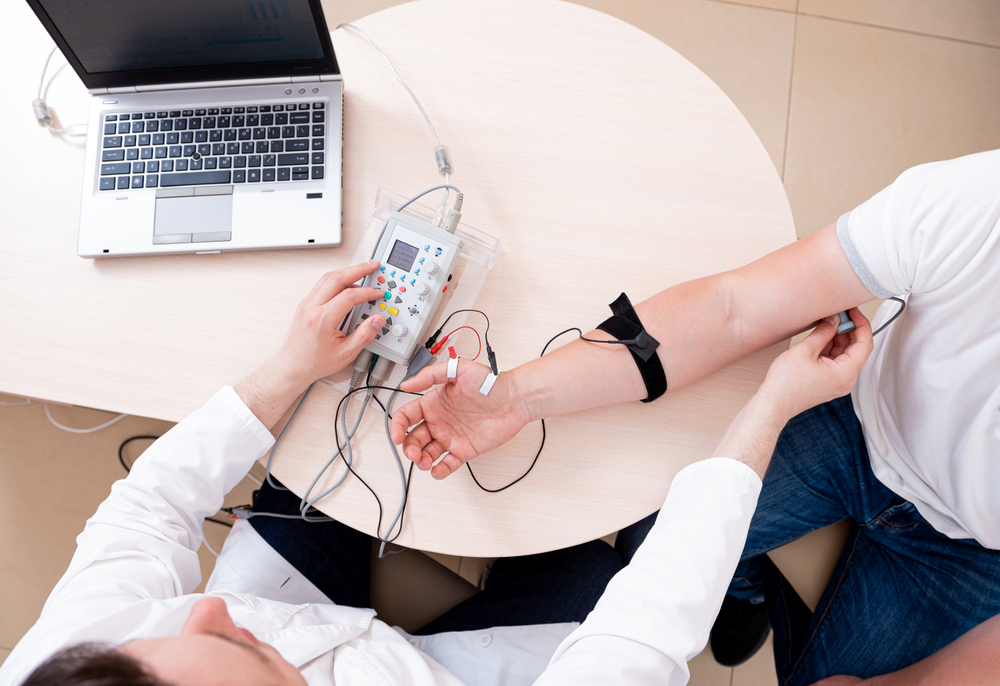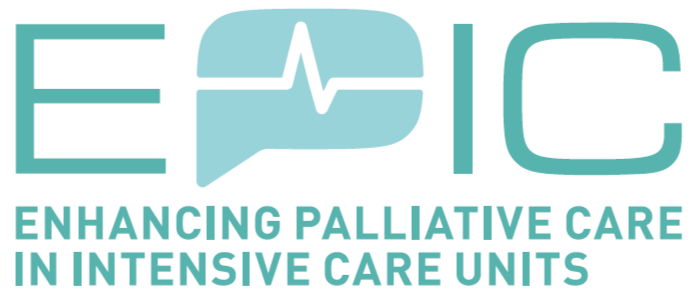ESAIC News
Women in Anaesthesia: Is the future bright?
Dr. Rupa Bai Furdoonji stands as a pioneering figure in the field of anaesthesiology, being the first female anaesthesiologist to specialize in Chloroform anaesthesia back in 1891. As we commemorate International Women’s Day on March 8th, it’s heartening to witness a growing presence of female anaesthesiologists in the operating room. We engage the future with optimism as women’s contribution to anesthesia increases and expands to leadership positions and roles that were unthinkable before.

Unfortunately, there are still significant barriers to the professional development of many talented women. We recently surveyed anesthesiologists across Europe and found that impostor syndrome was more prevalent among women in anesthesia (Gisselbaek et al. 2023). “Impostor Syndrome” is characterized by the struggle to internalize one’s achievements and the tendency to attribute success to external factors like luck or chance encounters, particularly affecting accomplished women (Clance & Imes, 1978). Recently, concerns about impostor syndrome (IS) have emerged within the medical field, where the demanding culture, pursuit of perfection, and inclination toward self-blame can exacerbate these feelings. Factors such as female gender, low self-esteem, and the prevailing institutional atmosphere contribute to the development of impostor syndrome among physicians and those in training, leading to heightened rates of burnout (Gottlieb et al., 2020).
To explore impostor syndrome in anaesthesiologists, we conducted a survey endorsed by the European Society of Anaesthesiology and Intensive Care (ESAIC) (Gisselbaek et al., 2023). This survey used the Clance Impostor Phenomenon Scale(CIPS) to assess the severity of impostor syndrome among participants. A cohort of 687 anaesthesiologists completed the study. The point prevalence of impostor syndrome among anaesthesiologists was as high as 58% and it highlighted a pronounced vulnerability among female-identifying anaesthesiologists, with a notable odds ratio of 2.45 (p<0.0001), signaling a heightened susceptibility to impostor syndrome within this demographic (Figure 1). Such insights not only shed light on the pervasive nature of impostor syndrome within the field but also underscore the imperative for tailored support mechanisms to empower female anaesthesiologists in navigating and overcoming this psychological hurdle.

Figure 1: Gender differences in impostor syndrome prevalence among anaesthesiologists (Female Gender is linked to frequent and intense IS (P<0.05))
*Reprinted from Gisselbaek et al. Impostor syndrome in anaesthesiology primarily affects female and junior physicians☆. Br J Anaesth (PMID: 37884406)
Moreover, female anaesthesiologists often report experiencing greater mistreatment and marginalization by surgeons compared to their male counterparts, which may amplify impostor syndrome issues. These personal biases stem from entrenched institutional norms and pervasive societal stereotypes, often perpetuating gender disparities(Tulshyan & Burey, 2021). Impostor syndrome is frequently invoked to rationalize the persistence of gender bias, yet it’s crucial to recognize that the obstacles to women’s progress are often deeply ingrained within systemic structures.
Enduring barriers within the medical culture, such as penalties for parenthood, non-promotable work burdens, mistreatment, and stereotypical leadership promotion, hinder women’s access to leadership and academic roles(Gisselbaek, Barreto Chang, et al., 2023). Women in anaesthesiology also experience a lack of sponsorship, mentorship, and struggle to find role models. As Marian Wright Edelman said: ‘You can’t be what you can’t see’; pointing to the lack of role modeling as a barrier to cultivating specialty interest.
For women, it is often a challenge to find supportive mentorship, which is key to fulfilling career goals. The timeline of these career goals is often different than that of male colleagues. Effective mentorship could help women navigate challenges beyond the medical field, combining the struggle of family versus career goals. Women are stronger together and the establishment of female-to-female “spentorship” (sponsor and mentorship) may be one solution to solving some of these issues. Various initiatives have been undertaken to address barriers, including the establishment of communities like #ThisGirlBlocks in regional anaesthesia, aimed at supporting and empowering women in the field through honest conversations and shared experiences. On a societal level, the implementation of gender equity policies, such as those enacted by ESAIC, plays a crucial role.
Personalized professional development strategies and improvements in promotion practices are essential to uplift women in the field of anaesthesiology. While achieving gender parity in all anaesthesiology fields requires ongoing efforts, March 8th serves as a day for women and allies to celebrate and take pride in the progress made thus far.
Yes, the future is bright for women in anesthesia. Let’s embrace equity, promote inclusion, and celebrate the diversity that women bring into anaesthesiology.
References
- Gisselbaek, M., Hontoir, S., Pesonen, A. E., Seidel, L., Geniets, B., Steen, E., Barreto Chang, O. L., & Saxena, S. (2023). Impostor syndrome in anaesthesiology primarily affects female and junior physicians☆. British Journal of Anaesthesia, S0007-0912(23)00544-5. https://doi.org/10.1016/j.bja.2023.09.025
- Clance, P. R., & Imes, S. A. (1978). The imposter phenomenon in high achieving women: Dynamics and therapeutic intervention. Psychotherapy: Theory, Research & Practice, 15(3), 241–247. https://doi.org/10.1037/h0086006
- Gottlieb, M., Chung, A., Battaglioli, N., Sebok-Syer, S. S., & Kalantari, A. (2020). Impostor syndrome among physicians and physicians in training: A scoping review. Medical Education, 54(2), 116–124. https://doi.org/10.1111/medu.13956
- Tulshyan, R., & Burey, J.-A. (2021, February 11). Stop Telling Women They Have Imposter Syndrome. Harvard Business Review. https://hbr.org/2021/02/stop-telling-women-they-have-imposter-syndrome
- Gisselbaek, M., Barreto Chang, O., & Saxena, S. (2023). Gender equity in anesthesia: Is it time to rock the boat? BMC Anesthesiology, 23(1), 67. https://doi.org/10.1186/s12871-023-01987-4
Authors
Sarah Saxena (Corresponding Author), Mia Gisselbaek, Becki Marsh, Odmara L. Barreto Chang, Joana Berger-Estillita
Department of Anaesthesiology-Critical Care, Az Sint-Jan Brugge-Oostende AV, Bruges, Belgium









